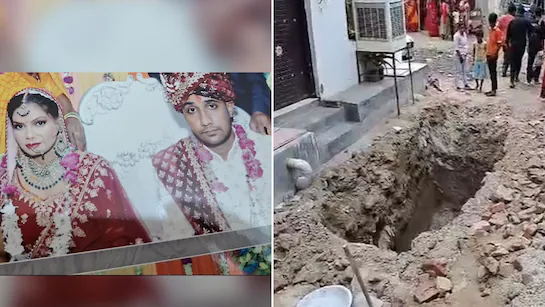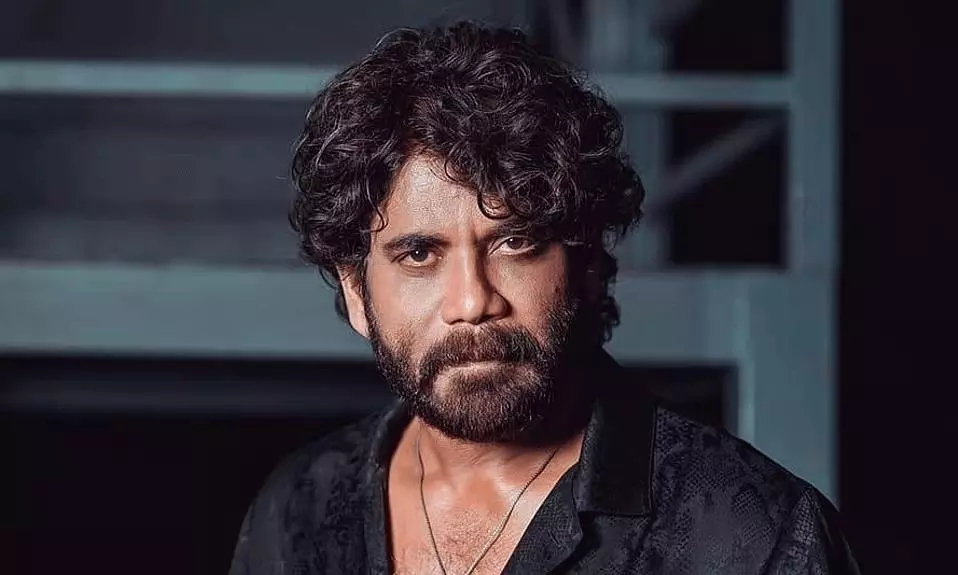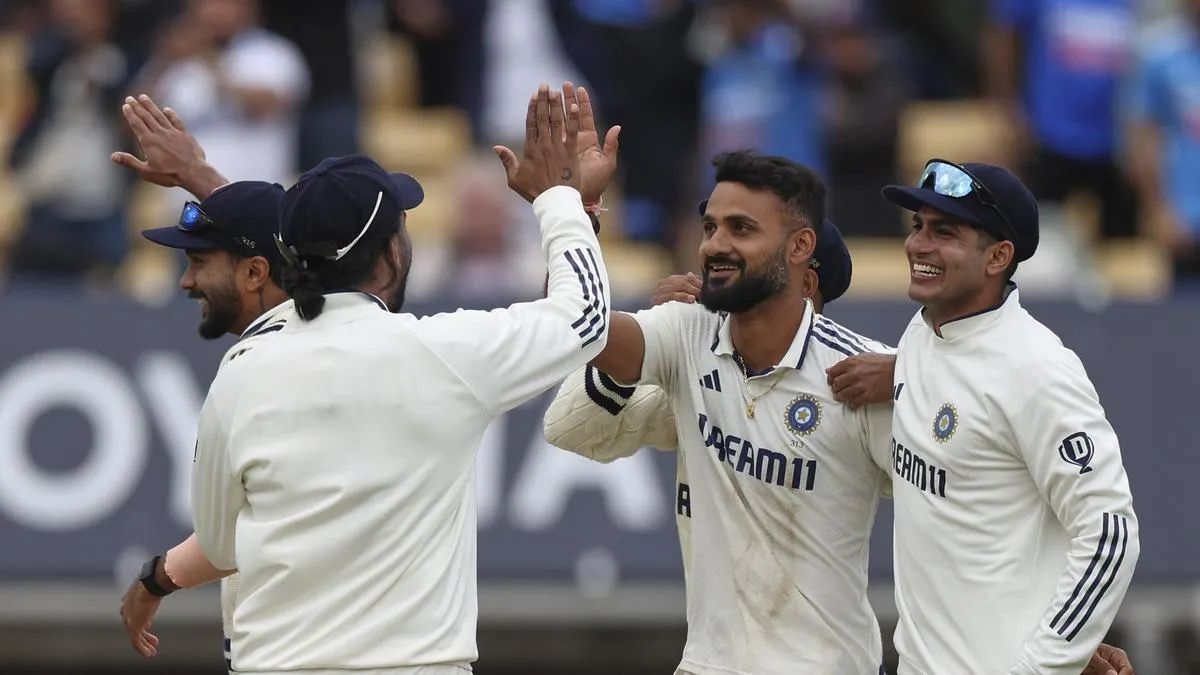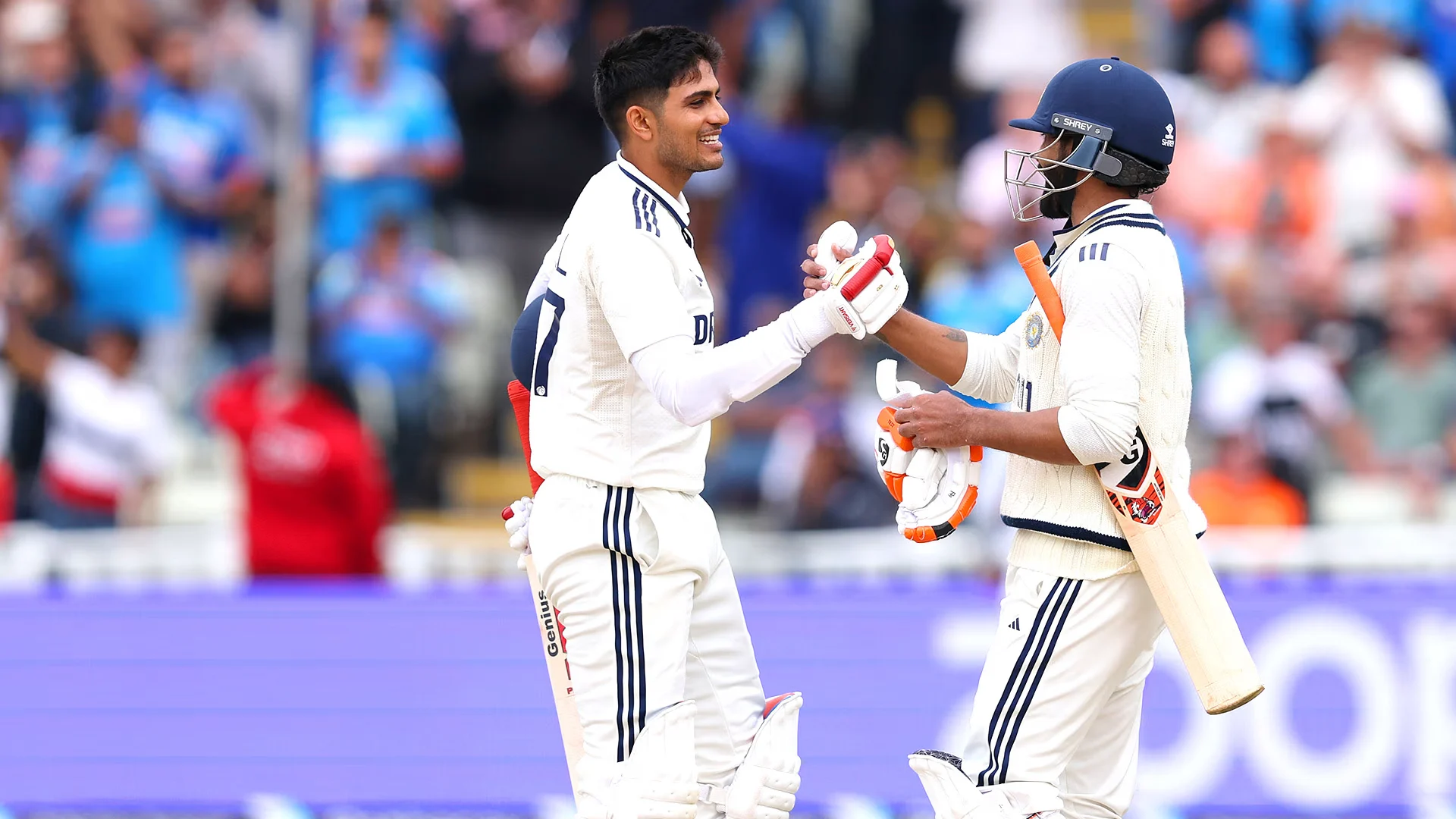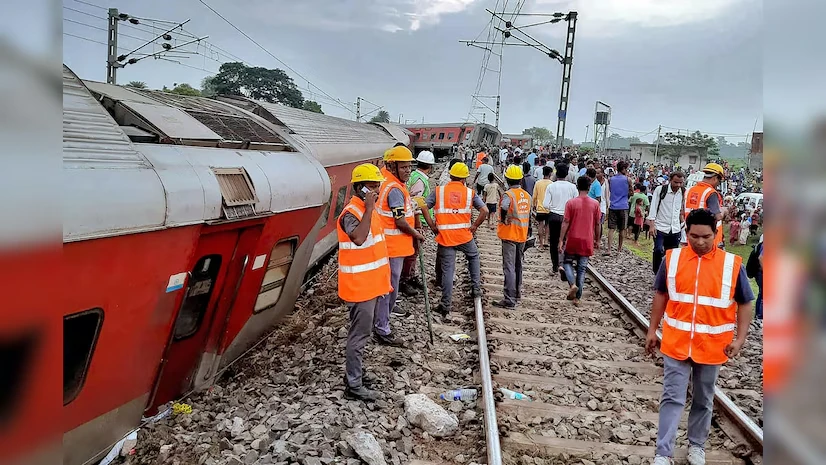
A Grim Reminder of Mumbai’s Overburdened Railway System
Mumbai witnessed yet another heartbreaking tragedy as four commuters lost their lives after falling off a local train due to severe overcrowding.
The Mumbai train accident has once again raised serious concerns about the safety of millions who rely on the city’s suburban railway system every day. The incident has sparked outrage among citizens, commuters, and activists alike, demanding immediate action and long-term solutions to this chronic issue.
Overview of the Mumbai Train Accident
On June 7, 2025, at around 9:15 AM, a tragic Mumbai train accident occurred between Bhayandar and Mira Road stations on the Western Line. According to eyewitnesses and video footage that surfaced later, several passengers were hanging precariously from the footboard and doors of the overcrowded train. As the train picked up speed, four passengers lost balance and fell onto the tracks, resulting in fatal injuries.
Emergency services rushed to the scene, but sadly, all four victims were declared dead on arrival at nearby hospitals. At least six other passengers were injured, some of them critically.
Who Were the Victims?
The identities of the victims of this Mumbai train accident have since been confirmed. All four deceased were daily wage workers commuting from the outer suburbs to their workplaces in South Mumbai. Their families, already struggling financially, are now left devastated.

- Ravi Shukla (28) – A plumber from Nalasopara
- Imran Sheikh (32) – An electrician from Bhayandar
- Vishal More (26) – A courier delivery worker from Vasai
- Sunil Pawar (30) – A textile worker from Mira Road
Their deaths have once again spotlighted the grim realities of Mumbai’s public transport infrastructure.
The Curse of Overcrowding: A Daily Struggle
The Mumbai Suburban Railway is often called the “lifeline of Mumbai,” transporting over 7.5 million passengers daily. Despite its importance, the system is plagued by aging infrastructure, insufficient coaches, and poor crowd management.
- Peak hours see trains operating at three to four times their intended capacity.
- Lack of alternate transport options in the suburbs forces commuters to risk their lives daily.
- Delayed projects like additional tracks, new coaches, and metro extensions worsen the burden.
According to the Railway Safety Commission, over 2,000 people die every year on Mumbai’s local trains, many due to falling from overcrowded compartments, making this accident a part of a deeply rooted pattern.
Government Response and Public Outrage
Following the Mumbai train accident, officials from the Western Railway issued a statement expressing deep sorrow and promising a full investigation. The Railway Minister tweeted condolences and assured compensation for the victims’ families.
Key promises made:
- Compensation of ₹10 lakh for families of the deceased
- ₹2 lakh for the injured
- A special committee to investigate safety measures and commuter space management
However, many citizens view these as reactionary measures. Activists and urban planners argue that these promises are made every time a tragedy occurs, but rarely lead to permanent solutions.
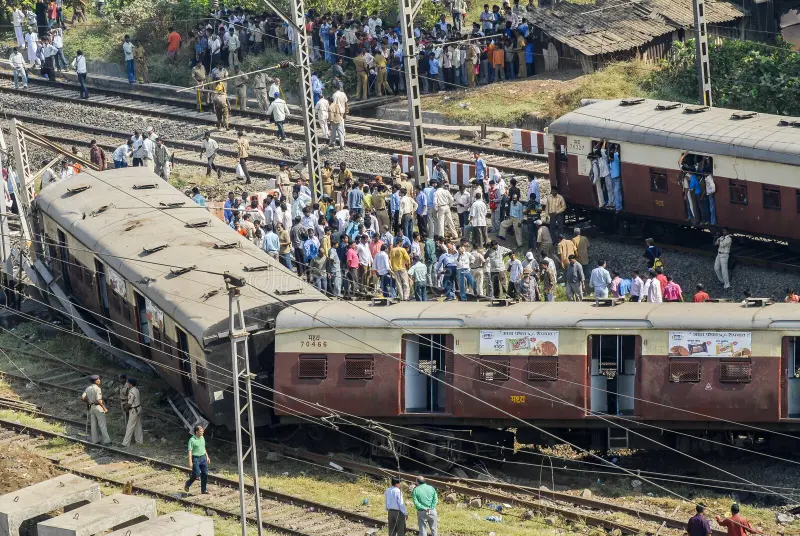
The Larger Problem: A Broken Transport System
The Mumbai train accident due to overcrowding underscores an infrastructure crisis. Despite the city being India’s financial capital, its public transport system remains grossly underfunded and overburdened.
Contributing Factors:
- Outdated rakes and signals
- Incomplete modernization efforts
Unless drastic measures are taken, experts fear more such Mumbai train accidents will follow.
Statistical Reality: Mumbai Train Accidents Over the Years
According to data from the Government Railway Police (GRP) and NGOs like the Railway Yatri Parishad:
- 2022: 2,432 deaths on Mumbai local trains
- 2023: 2,104 deaths
- 2024: 1,980 deaths (reduction attributed to partial metro operations)
- 2025 (till June): Already over 950 deaths, with four from the latest incident
These grim numbers reflect a systemic failure to prioritize safety.
Legal and Human Rights Concerns
Multiple Public Interest Litigations (PILs) have been filed in the Bombay High Court demanding:
- A time-bound roadmap for suburban rail modernization
- Legal accountability for officials ignoring repeated warnings
- Declaration of overcrowding as a public emergency
Some legal experts argue that continued negligence may violate the Right to Life under Article 21 of the Indian Constitution.
Read more: Steve Smith Breaks Silence Before WTC Final, Reveals Truth About Mohammed Shami Delivery
Conclusion: Mumbai Train Accident ,A Preventable Tragedy
The recent Mumbai train accident, where four passengers died after falling off due to overcrowding, is not just a tragic headline—it is a symbol of a failing transport system. This incident, like many before it, was preventable. It exposes the critical need for modern, safe, and efficient public transportation in Mumbai.
Keyword recap:
- The Mumbai train accident has once again shown the dangers of overcrowding in local trains.
- If measures are not taken urgently, similar Mumbai train accidents due to overcrowding will continue to claim lives.
- Authorities must treat this tragedy not as a one-time event but as a symptom of a larger urban mobility crisis.
Disclaimer: The Mumbai train accident highlights deadly overcrowding; urgent action is needed to prevent further tragedies in the city’s broken transport system.


